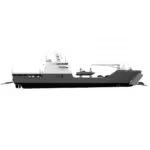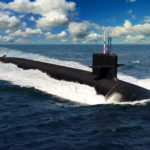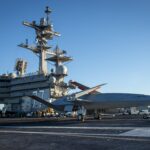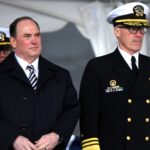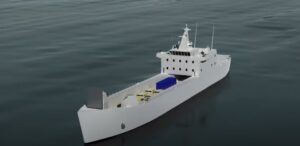
Marine Commandant Gen. David Berger’s last update to Force Design 2030 pushes for more new smaller amphibious ships while officials said the timeline for the units using such vessels are on track to be operational by 2025. This latest update was made public on Monday and Berger explained in the document that while last year’s version traced the history of the Force Design ideas, “this report describes FD2030’s progress to date and directs follow-on actions for the next 12-24 months.”…

 By
By 